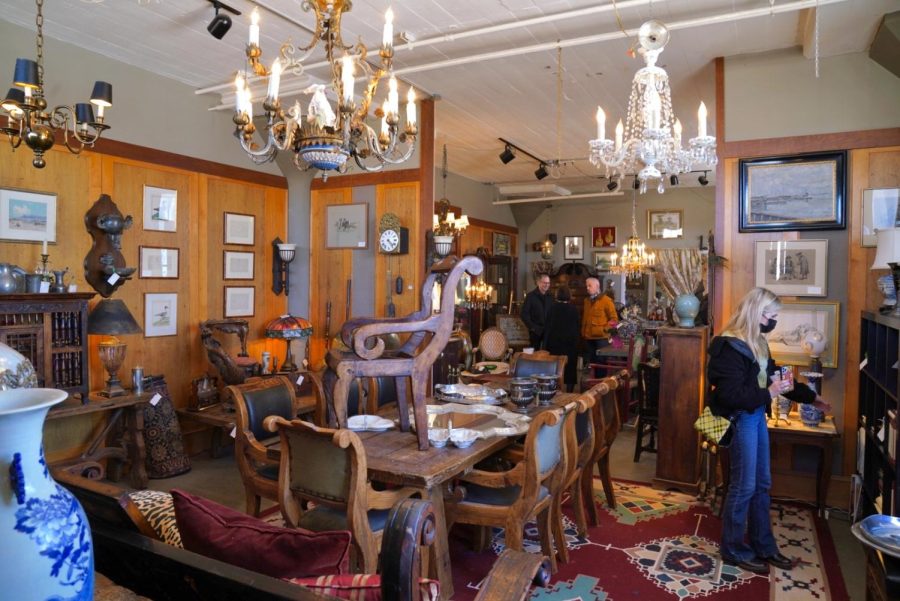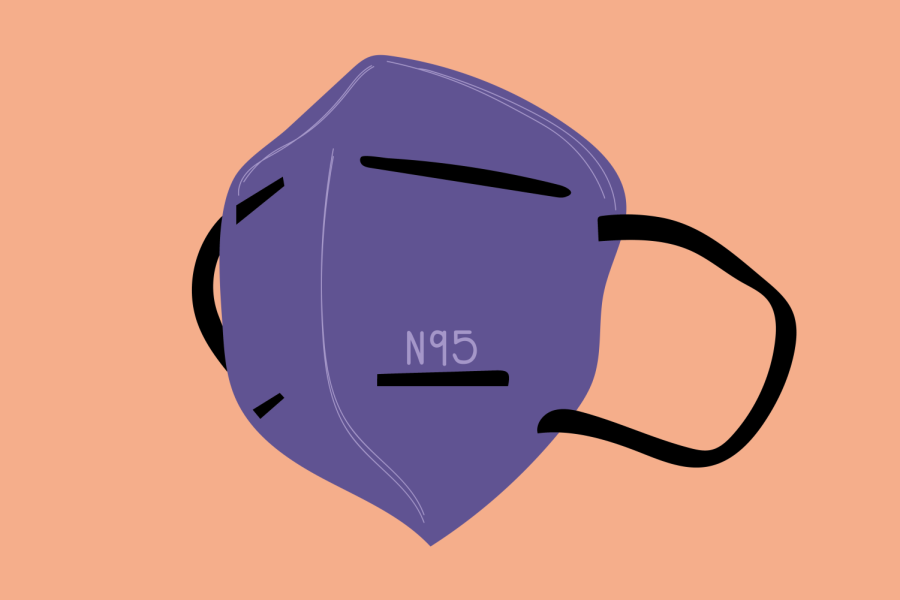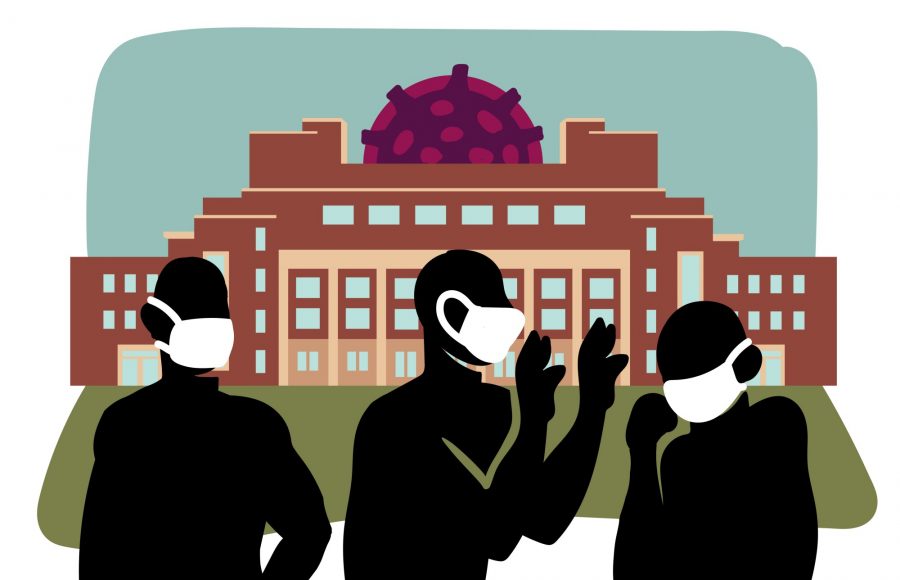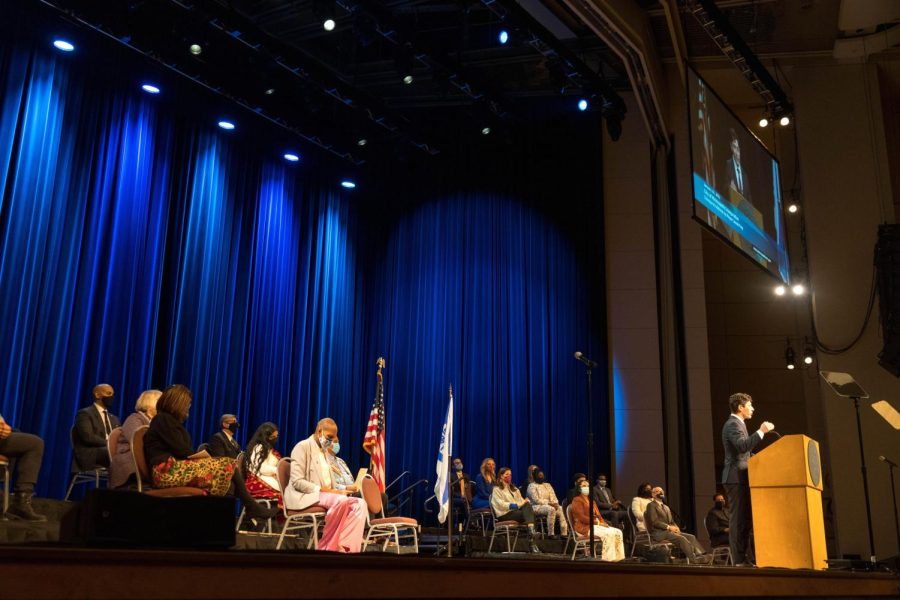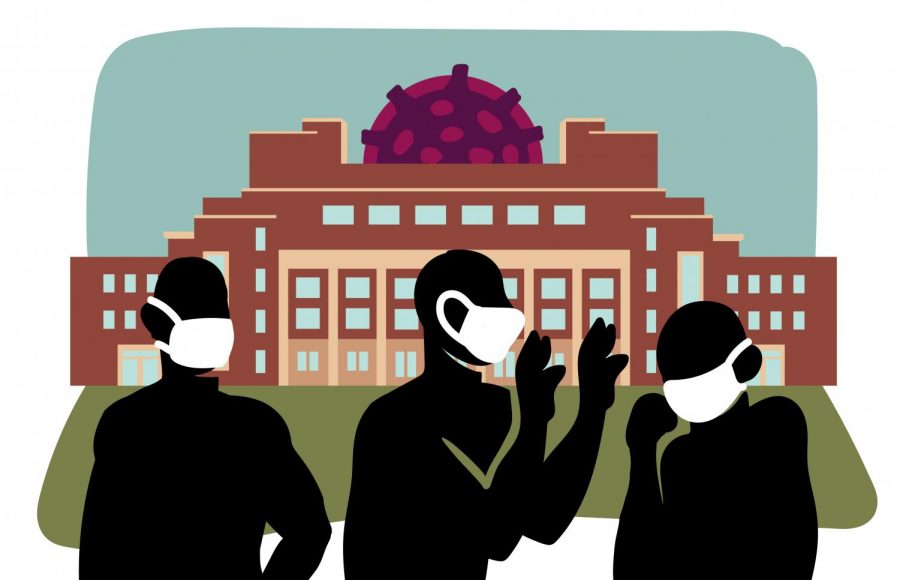Leaders from across the University of Minnesota answered questions from students, staff and faculty in a virtual town hall meeting Wednesday.
Discussions at the meeting included the University’s budget, returning employees to work, and health and safety. As leaders from across the University provided insight into various topics, President Joan Gabel reminded viewers that there will likely be change in the future.
In a systemwide email on May 14, Gabel encouraged individuals to submit questions to be answered on the livestream. This is the second town hall Gabel has held.
Ensuring health and safety on campus
A number of individuals asked how the University will work to ensure safety on campus upon the return to normal operations, Gabel said.
The University is working with partners located in the Twin Cities and across the system to help promote health and safety, said Jakub Tolar, Medical School dean and vice president for clinical affairs.
Tolar also reminded viewers that some of the most important and effective protective measures include washing hands frequently, practicing social distancing and wearing masks.
Fall semester update
Executive Vice President and Provost Rachel Croson answered questions on the status of fall semester. A variety of scenarios are currently being considered, Croson said.
In a scenario where in-person classes are able to resume in the fall, leaders are considering implementing protective measures. These include increased cleaning of classrooms and dining and residential areas, as well as requiring smaller class sizes and protective equipment like masks and gloves.
Returning employees to campus
Under Gabel’s Sunrise Plan, a few select units of the University have begun to allow employees to return to campus, although anyone who can continue to work from home should consider doing so, Interim Vice President for Human Resources Ken Horstman said.
Horstman urged employees to discuss their status with their supervisors. He said if employees feel uncomfortable returning to work or are worried about being more vulnerable to the coronavirus due to preexisting medical conditions, they should consult human resources or their supervisors.
“We understand that everyone’s circumstances, challenges and wishes are different,” Gabel said at the town hall.
Over 1,000 employees have returned to their research positions, said Vice President for Research Chris Cramer at the meeting. Leaders are following guidance from the Centers for Disease Control and Prevention and closely monitoring shared lab spaces.
University finances
Horstman and Brian Burnett, senior vice president for finance and operations, addressed questions surrounding the University’s budget and financial standing.
A number of operational areas, like travel, are being cut to reduce spending. These cuts will not influence or jeopardize jobs, Burnett said. However furlough and retirement programs are also being developed, Horstman said.
The COVID-19 Adjusted Budget will be voted on at the June Board of Regents meeting. A survey was released following the budget proposal, which allowed individuals to make suggestions, Burnett said.
The University is also working to develop a system to distribute eligible students the $18 million the University received as part of the federal stimulus bill, or CARES Act. In order to receive this aid, students must be eligible for financial aid.
Equitable Access
University officials also answered questions about the impact of the COVID-19 pandemic on students with disabilities.
Micheal Goh, vice president for equity and diversity, acknowledged that the extent of the pandemic’s impact differs by community. The Disability Resource Center will continue to work with students to determine the necessary accommodations, Goh said.
“Each individual solution will be different based on the needs of the student,” Goh said.









